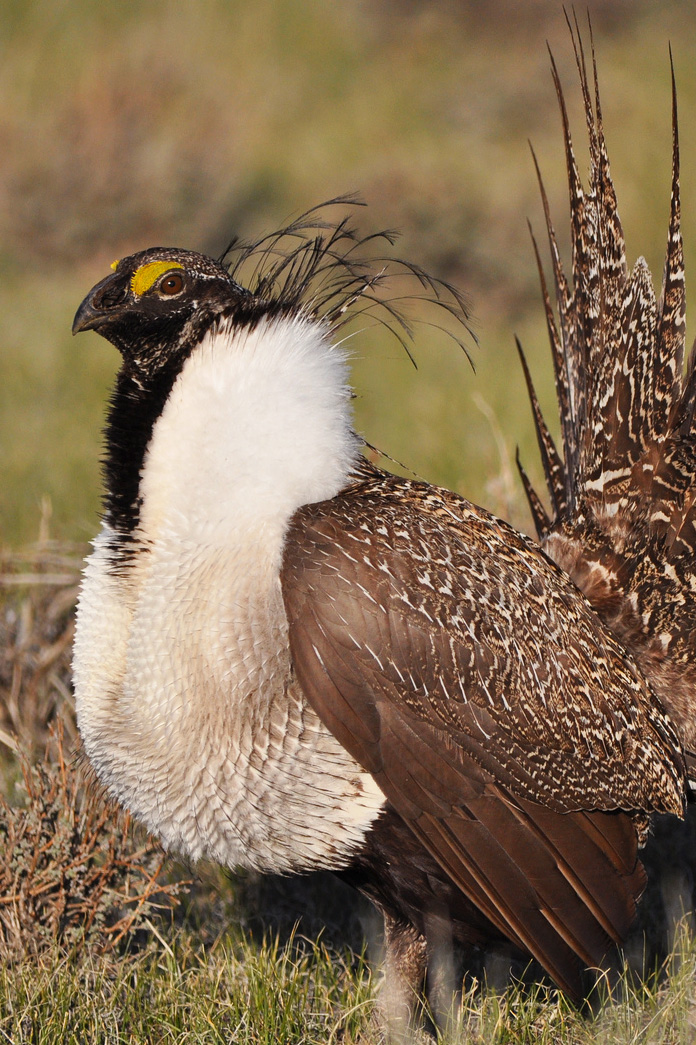 The Bureau of Land Management's Greater Sage-Grouse Northeast California-Nevada Sub-Regional Planning Team requested assistance with spatial, quantitative assessment of a series of management alternatives. This work was desired to contribute to the Environmental Impact Statement (EIS) for the greater sage-grouse (Centrocercus urophasianus) in Nevada and northeastern California. In addition to characterizing the impacts of these alternatives on greater sage-grouse and its habitat, BLM also needed to understand how these alternatives might affect program areas such as oil and gas development, renewable energy development, livestock grazing, and other managed land uses. NatureServe Vista was used to build a series of scenarios representing the three management alternatives and a climate change scenario, and then to evaluate the effects of these scenarios on sage-grouse habitat and other natural and programmatic resources of interest.
The Bureau of Land Management's Greater Sage-Grouse Northeast California-Nevada Sub-Regional Planning Team requested assistance with spatial, quantitative assessment of a series of management alternatives. This work was desired to contribute to the Environmental Impact Statement (EIS) for the greater sage-grouse (Centrocercus urophasianus) in Nevada and northeastern California. In addition to characterizing the impacts of these alternatives on greater sage-grouse and its habitat, BLM also needed to understand how these alternatives might affect program areas such as oil and gas development, renewable energy development, livestock grazing, and other managed land uses. NatureServe Vista was used to build a series of scenarios representing the three management alternatives and a climate change scenario, and then to evaluate the effects of these scenarios on sage-grouse habitat and other natural and programmatic resources of interest.

Landscape condition is shown across the entirety of the assessment area in these three maps, not just the extent of the sage-grouse element distributions (which are shown in darker shading over the landscape condition layer); condition values range from 0 to 1, with 0 being poor condition (red) and 1 being excellent condition (green). Because the condition parameters were largely consistent for each of these sage-grouse elements (with the exception of on-site intensities for fences and predation), the landscape condition is virtually the same for all of them.
The goals of this assessment were to:
- Provide a transparent decision-support system that can analyze multiple management alternatives and inform the selection of the preferred alternative for the Northeastern California–Nevada Greater Sage-Grouse Environmental Impact Statement. Vista software provided the BLM a way to more easily document the science, expert knowledge, and resource trade-offs used in decision making. Vista will also allow anyone to recreate the analyses used by BLM.
- Quantify the areal implications of three management alternatives and a climate change scenario on greater sage-grouse and BLM program areas (such as oil and gas development, renewable energy, and others) and provide both map and quantitative summaries of the analysis results.